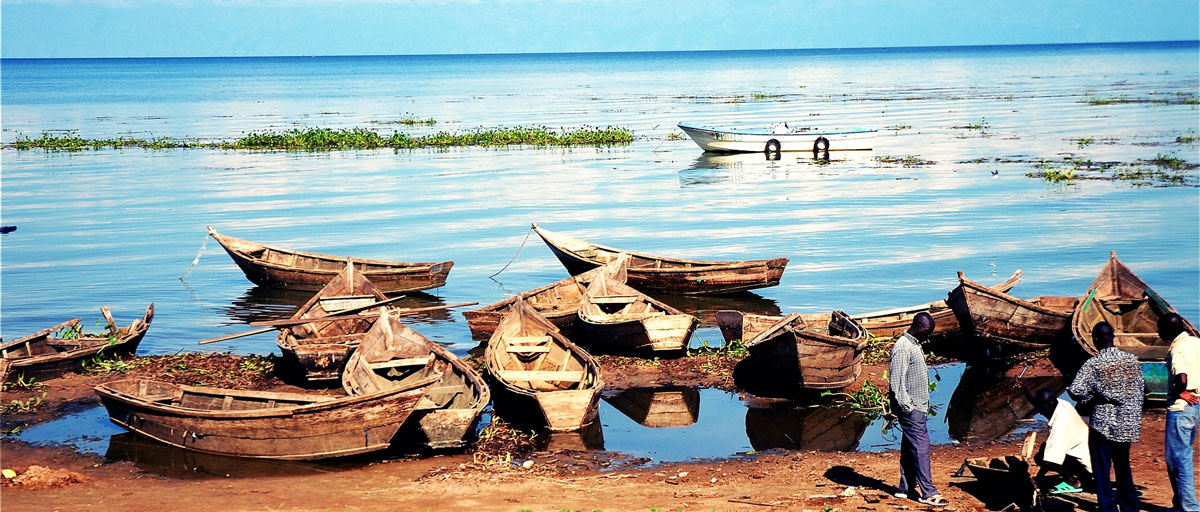Modeling water quality in the Anthropocene: directions for the next-generation aquatic ecosystem models
Summary
“Everything changes and nothing stands still” (Heraclitus). Here we review three major improvements to freshwater aquatic ecosystem models — and ecological models in general — as water quality scenario analysis tools towards a sustainable future. To tackle the rapid and deeply connected dynamics characteristic of the Anthropocene, we argue for the inclusion of eco-evolutionary, novel ecosystem and social-ecological dynamics. These dynamics arise from adaptive responses in organisms and ecosystems to global environmental change and act at different integration levels and different time scales. We provide reasons and means to incorporate each improvement into aquatic ecosystem models. Throughout this study we refer to Lake Victoria as a microcosm of the evolving novel social-ecological systems of the Anthropocene. The Lake Victoria case clearly shows how interlinked eco-evolutionary, novel ecosystem and social-ecological dynamics are, and demonstrates the need for transdisciplinary research approaches towards global sustainability.







